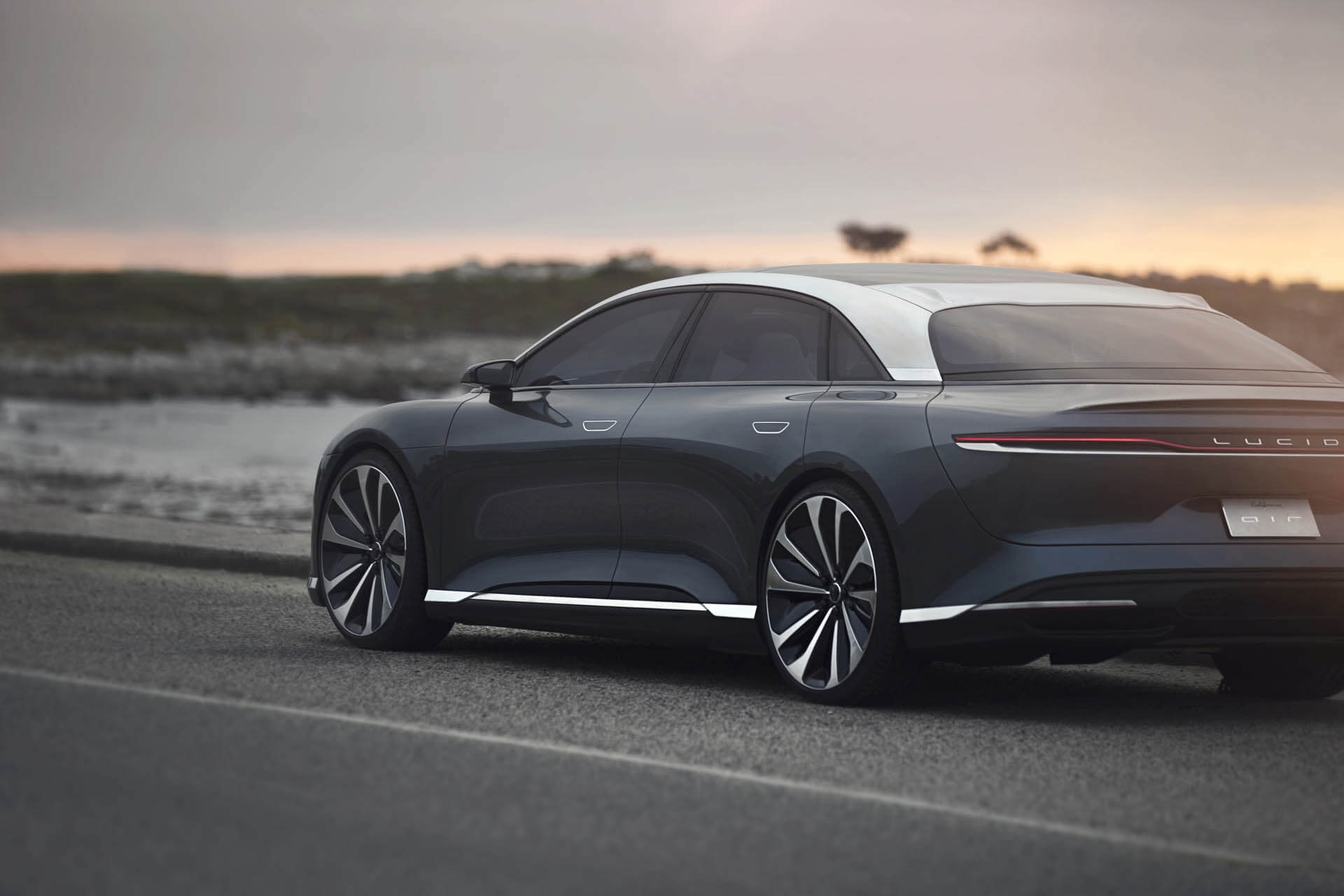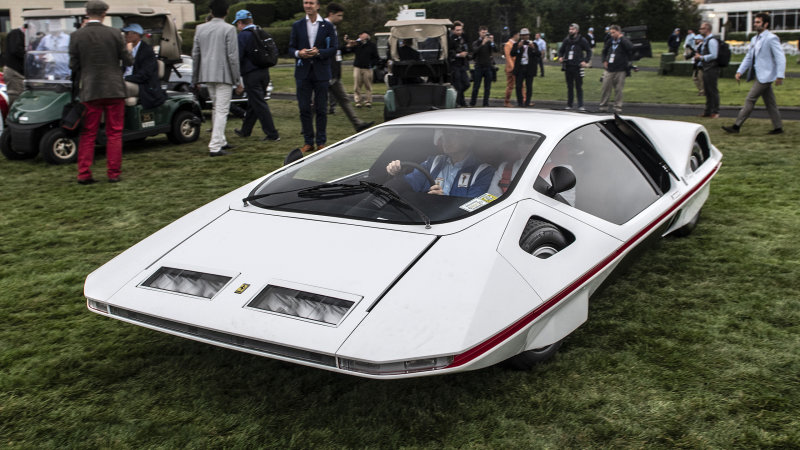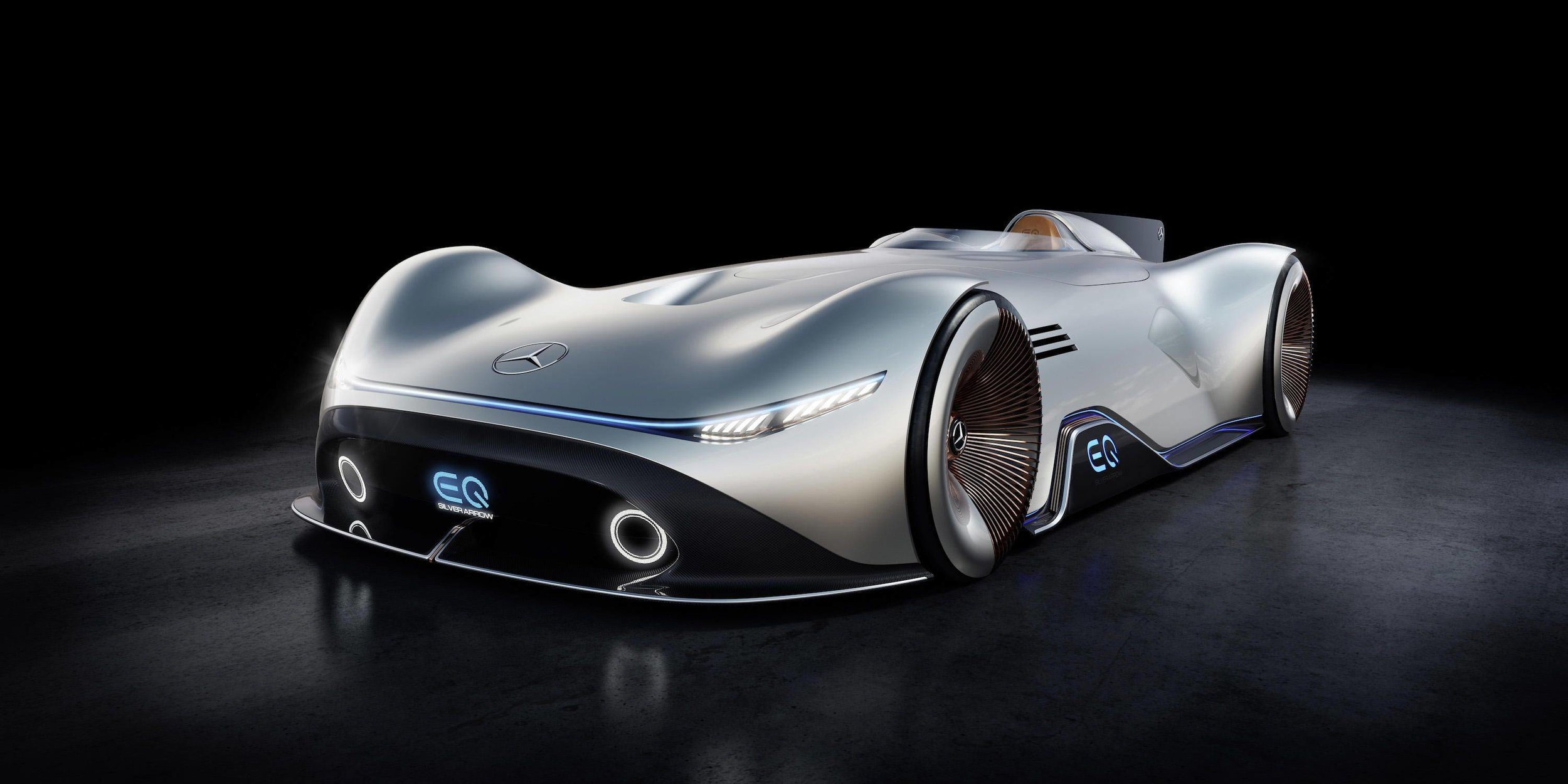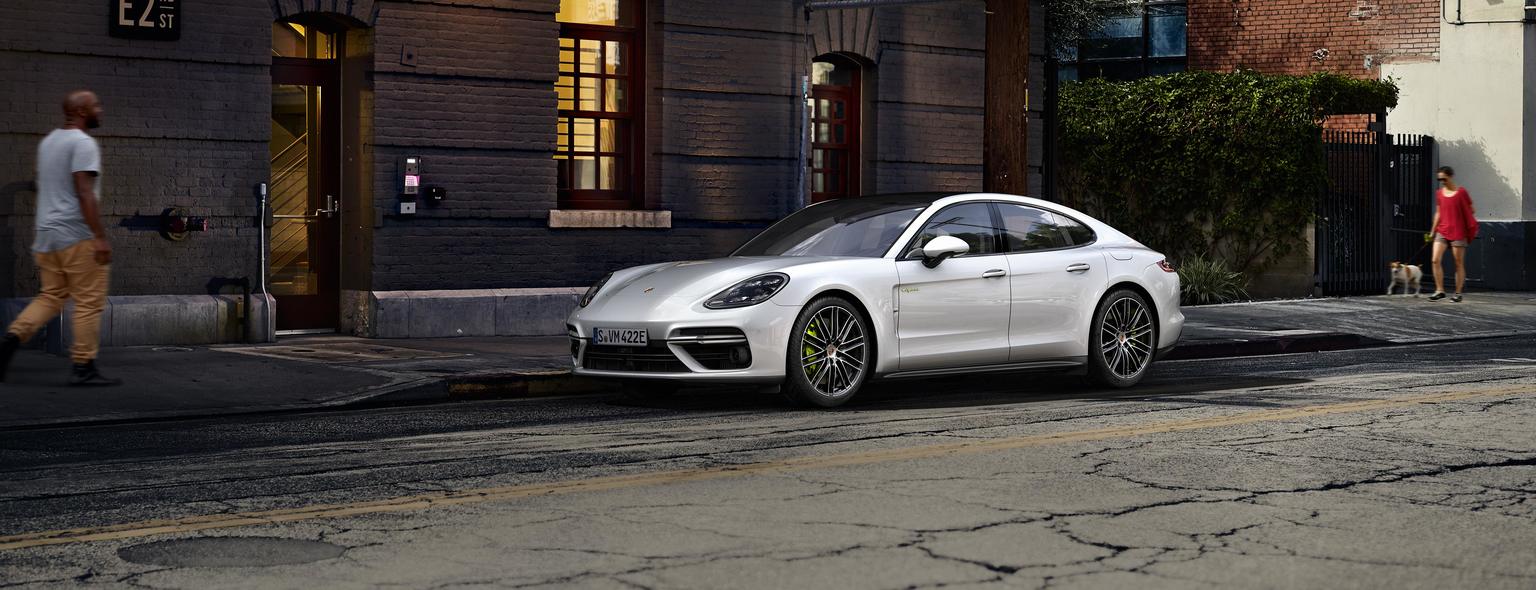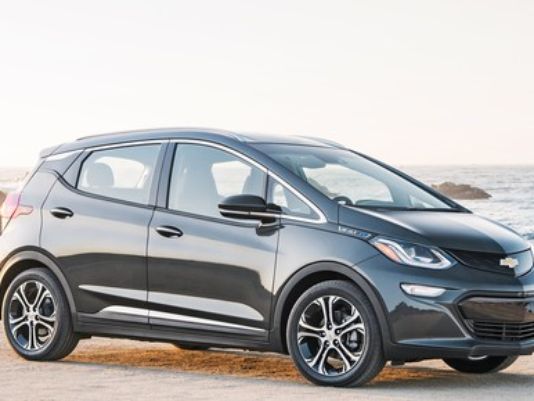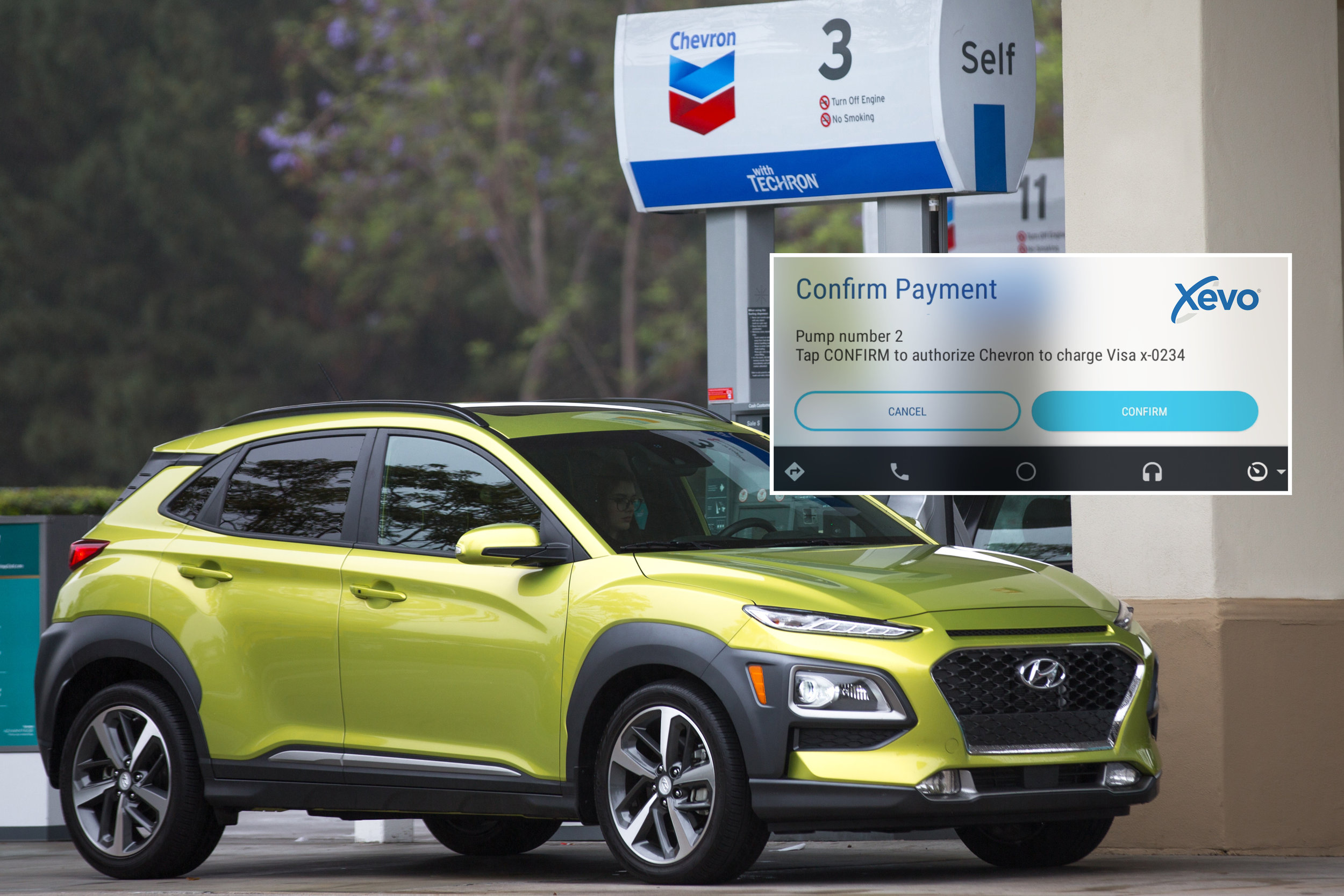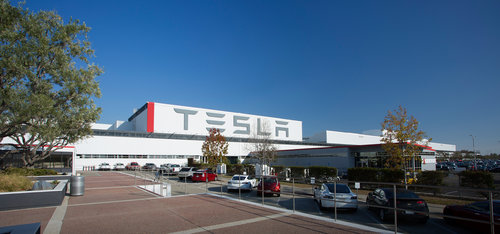If you’ve been on the internet this week, or maybe listened to the news, or just caught the end of your Victorian village’s town crier’s update, you’ll know that a certain executive from an automotive company smoked a joint this week. And I’m sure you don’t have to guess which one. And I’ll spare you the incrimination of someone smoking weed because, let’s be honest, it shouldn’t be that big a deal. It’s decriminalized in California just like it should be everywhere despite the fact that it’s still illegal officially nationwide.
But when your company is on the ropes trying to break into a notoriously difficult industry, when you hold interviews with the New York times where you complain about working so hard and not having time with your kids, where you also offer to give up the keys to the office to anyone who thinks they can do better, and when you bitch about how fickle investors are for short-selling your stock, just about the last thing you should be doing as a CEO is going on a live web show and toking a big old joint while sipping on some whiskey. Yet that’s exactly what Elon Musk did this week.
The same week when the company’s “chief people guy” decided he isn’t returning to the company and when the chief accountant decided to quit after less than a month on the job. The same week when Tesla bonds hit a record low and when the stock had officially lost a quarter of its value since Musk himself tweeted about taking the company private. And the same week that Musk engaged in an expletive-filled email battle with a BuzzFeed writer whom the CEO called a “fucking asshole” after reaffirming his claims that the Thai cave rescue hero was a child rapist while refusing to cite any actual facts or sources.
What you probably didn’t hear about this week was that Jerome Guillen, who has been with Tesla for eight years, was promoted to the head of automotive operations, where he would handle all production, program and supply chain management. Leaving aside that that’s almost certainly all too much for one man to master, it shows that the company is rewarding people for doing well and potentially taking work off Elon’s plate even though Jerome will report to Musk, rather than the Board of Directors.
Also overshadowed this week was the fact that the Model 3 outsold all passenger sedans in BMW’s lineup - combined! If you factor in the SUVs and crossovers, it’s a different story, but the Model 3 is actually crushing it with sales right now and the production is humming right along. Plus a near production-ready second generation Tesla Roadster popped up at the Grand Basel looking amazing.
Instead of those beacons of hope for a fledgling automotive company, we are hearing very little about the actual cars, and very much about their problem-riddled CEO. In the absence of new hype to distract from the company’s problems, Elon has himself become the distraction despite the fact that that the company doesn’t need distractions since it’s not doing super super poorly right now. The morning after the weed smoking, Tesla’s stock dropped ten percent, recovering to close down about five percent from the previous day. Recall that Elon’s compensation is tied to the company reaching specific stock price goals, so he is in fact shooting himself in the wallet and through that wallet into his ass with every misstep. And it just seems like he can’t help himself. For his sake and for the company’s sake, I hope Elon either grows up or gets out, because having a glorified frat boy at the helm of a company is not a recipe for sustained success.
Authored by
Devlin Riggs


















